Key Points
- Lime is the most effective ameliorant to increase soil pH
- Organic amendments are not as effective as lime in changing pH, but reduce exchangeable aluminium percentage significantly
- Combination of lime and organic amendments could facilitate alkali movement down the soil profile
Lime has been the standard ameliorant for acidic soils for many decades in Australia but its efficacy as an amendment in soil has always been compromised by its poor solubility.
Subsurface soil acidity is commonly treated with surface applications of lime but with an amelioration rate of 0.04 pH units per year it would take 25 years for one pH unit increase in subsurface soil. Additionally, as lime is immobile, vertical amelioration is very slow at a rate of one centimetre per year.
This is further compounded by a soil re-acidification rate of 0.09 pH units per year in the surface soil under current farming systems. A further complication occurs when pH drops in soils, aluminium becomes more soluble and toxic to root growth.
To tackle this issue, in 2015 GRDC increased its efforts in addressing subsoil acidity constraints and invested $7.3 million in five-year multi-agency projects in both south-eastern and Western Australia (DAN00206 and DAW00252).
Four core amelioration treatments were included in all field sites. The data collected will be used for multi-site genotype by environment analysis to further unravel the complex soil-plant-amendment dynamics - NSW DPI researcher Dr Guangdi Li
Led by the NSW Department of Primary Industries (DPI), the project in south-eastern Australia drew together researchers and technical staff from NSW DPI, Charles Sturt University, La Trobe University and CSIRO and is investigating the potential of deep placement of lime and other soil amendments, such as soil organic materials, to address the problem of subsoil acidity.
The researchers are exploring both soil changes as a result of various amelioration practices and crop responses to a range of amendments in multiple environments over a number of seasons.
Identifying amendments
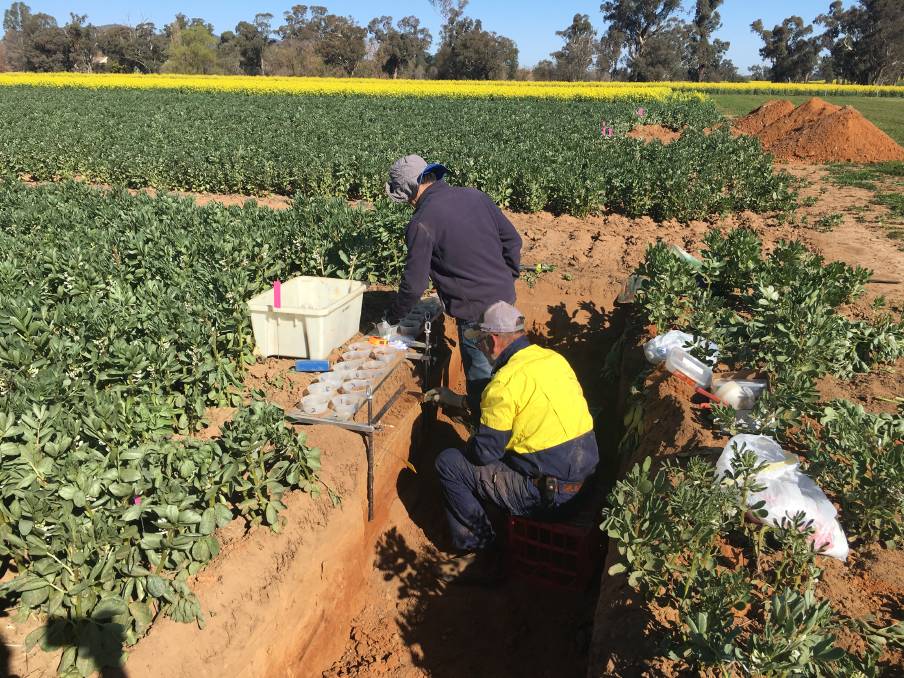
Taking grid soil samples for detailed study. Photo: Dr Guangdi Li, NSW DPI
Over the past three years, a number of inorganic and organic amendments were tested for their effectiveness in ameliorating soil acidity under controlled environments and field conditions.
The inorganic amendments tested included lime, dolomite, magnesium silicate, gypsum, calcium nitrate and reactive phosphate rock.
The organic amendments tested so far include poultry litter, poultry manure, dairy compost, sheep manure, biochar, biosolids, lucerne hay pellets and crop residues from field peas, vetch, oats and wheat.
In-depth research
Four in-depth experimental sites have been established to monitor crop responses to amendments and changes in soil chemical, physical and biological properties. Table 1 describes details of the location of the sites, year of establishment and completion, soil type and constraint, the amelioration treatment used and the plant and soil responses from the amelioration treatment.
Results showed that both soil and plant responses were site-specific and season-dependent. There may be synergistic effects of combination of inorganic and organic amendments. They also showed that mechanical incorporation of amendments by tillage needs to be viewed as a long-term strategy.
Lime was found to be the most effective amendment to increase soil pH when compared with other inorganic amendments such as dolomite, magnesium silicate, calcium nitrate and reactive phosphate rock. Deep placement of gypsum had no effect on soil acidity and did not improve grain yield.
Although magnesium silicate is not as effective at increasing soil pH, it could potentially reduce aluminium toxicity and increase phosphorus efficiency. This means that the amendment needs to be carefully matched to the soil constraint requirement.
Organic amendments were found to increase crop yield in the first couple of years simply because they normally contain multiple nutrients that a crop requires. They are not as effective as lime in increasing pH, but reduce exchangeable aluminium significantly. However, they may periodically increase manganese toxicity.
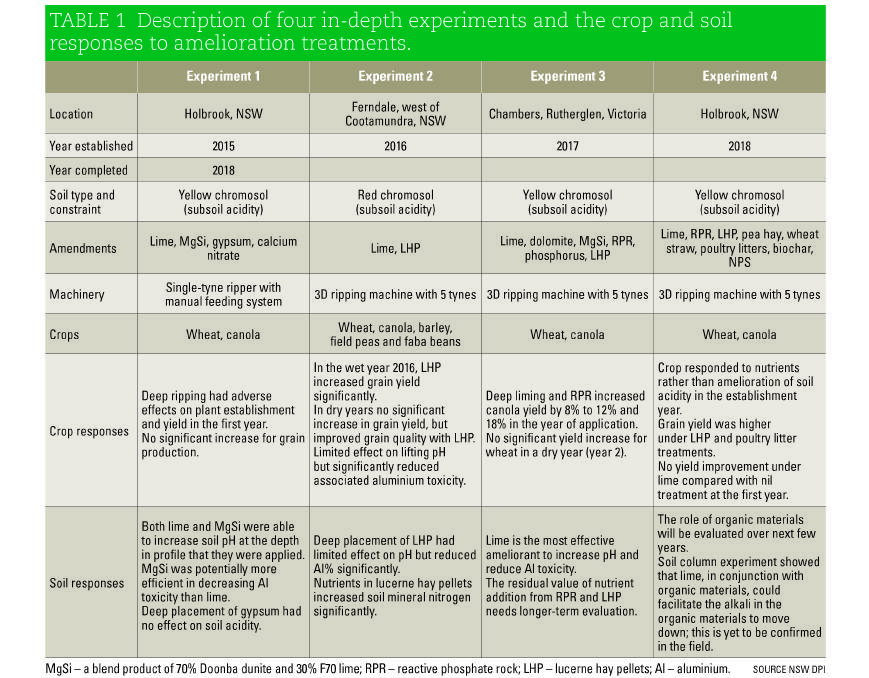
Organic matter also appeared to have a synergistic effect on lime, which may have implications for surface liming strategies that involve stubble retention, green or brown manuring and pasture rotations.
The residual value of nutrient addition from reactive phosphate rock and lucerne hay pellets needs longer-term evaluation for economic benefit to be calculated.
On-farm experiments
Eight large-scale on-farm experiments, supported by Holbrook Landcare Network, FarmLink Research, Riverine Plains and Southern Farming Systems, were established in southern NSW and south-western Victoria in 2016-18.
These experiments complement other scientific research, including four core treatments, surface lime, ripping only, deep liming and deep organic amendments in the experiment design. The experiments are being undertaken with grower groups to raise awareness of the research and potentially improve adoption of these practices.
There appears to be a synergistic effect of organic matter on lime which may have implications for surface liming strategies that involve stubble retention, green or brown manuring and pasture rotations. NSW DPI researcher Dr Guangdi Li
The 3D ripping machine was used to implement the treatments on all sites. Each site has been monitored for crop responses over three growing seasons. The baseline soil samples and the final-year soil samples have been and will be taken from all eight sites over the life of the research.
The data collected will be used for multi-site genotype by environment analysis to further unravel the complex soil-plant-amendment dynamics.
Economic insights
As the cost of amelioration is a key factor in growers' amelioration decision-making, an economic analytical framework was established to undertake a cost-benefit analysis of innovative approaches to managing subsoil acidity.
There are four scenarios to maintain productivity or to ameliorate soil acidity based on the long-term data from acid soil research over the past three decades in south-eastern Australia.
1. No acidity problem
Soil pH is greater than 5.0 for the whole profile. All crops can grow to their potential. However, the system would need about one tonne per hectare of lime over four to six years (about 200 kilograms/ha/year) to keep the system sustainable without acidifying soil.
Lime can be applied yearly through fertiliser box at seeding, such as prilled lime. Without lime, the soil will be acidified at the surface first, then extended to subsoil, which would cost more to fix as demonstrated in scenario one.
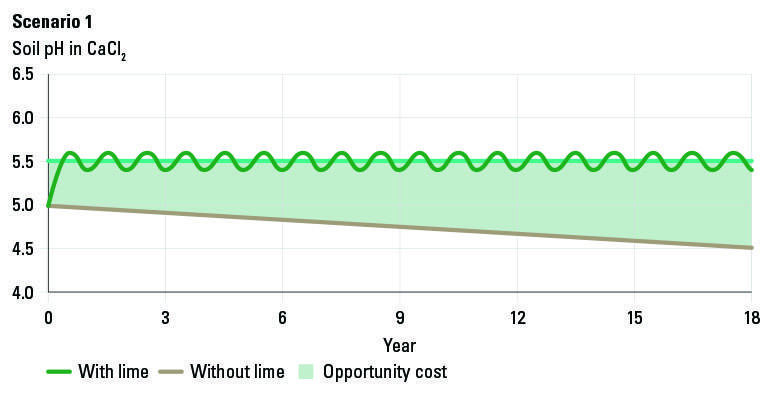
Figure 1: Scenario for liming when there is no acidity problem. Source: NSW DPI
2. Surface soil acidity
Soil pH is above 4.5 at zero to 10cm, but no subsoil acidity problem. The system would need about 2.5t/ha of lime every four to six years (about 300 to 400kg/ha/year) to maintain average pH around 5.5 without further acidification of surface soil. Lime needs to be incorporated into the top zero to 10cm.
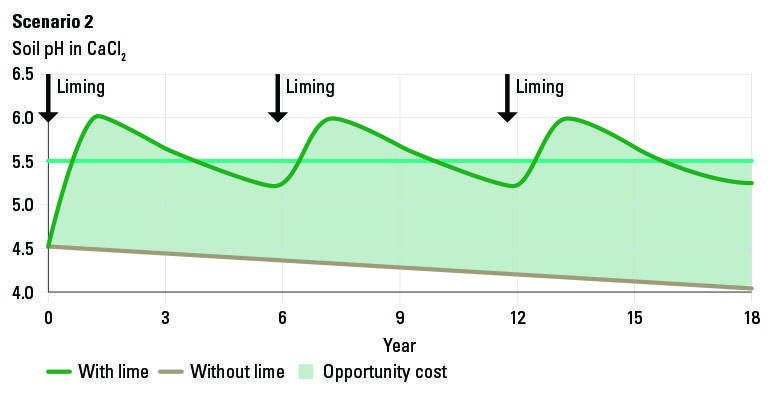
Figure 2: Scenario for liming when there is a surface soil acidity problem. Source: NSW DPI
3. Subsoil acidity
Soil pH is below 4.5 at 10 to 30cm. The system would need a large volume of lime (about 4t/ha) initially to increase soil pH to 6.0 at zero to 10cm, then about 2.5t/ha of lime every four to six years to maintain average pH around 5.5. Lime needs to be incorporated into zero to 10cm, possibly deep-ripped to 10 to 30cm for the best results.
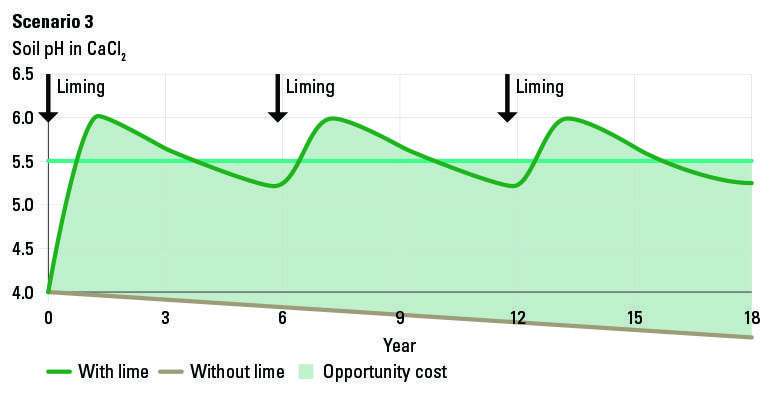
Figure 3: Scenario for liming when there a subsoil acidity problem. Source: NSW DPI
4. Delayed intervention
Delaying treatment intervals means the subsoil will continue to acidify. With a similar amount of lime, it will have more years with suboptimal production or more loss of production. The recommendation is to act now before it is too late.
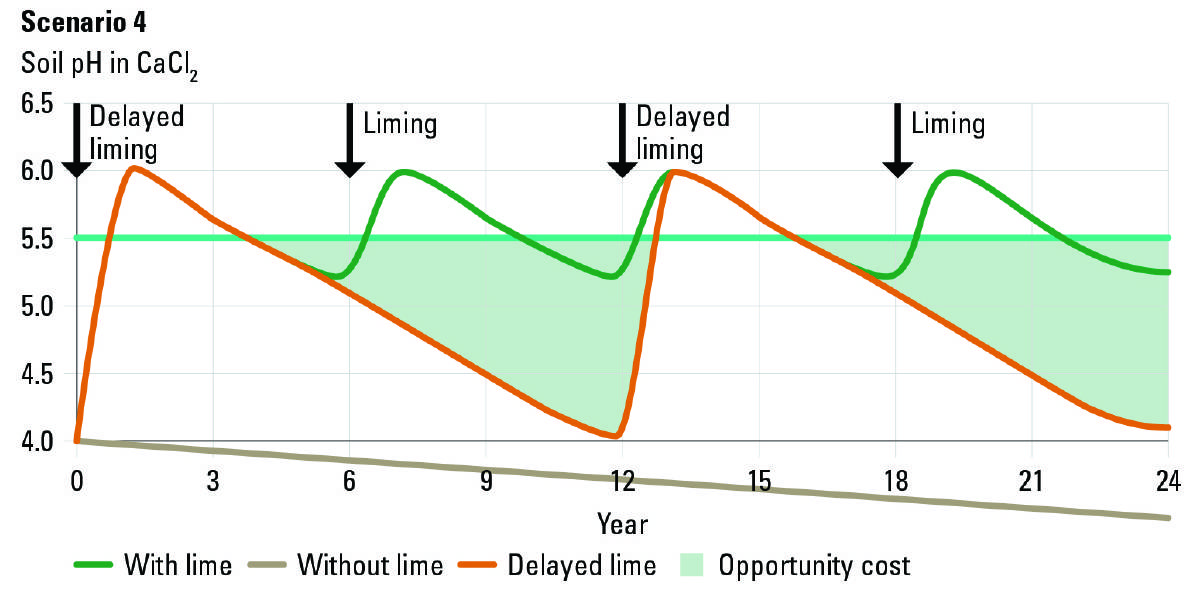
Figure 4: Scenario for liming when intervention is delayed. Source: NSW DPI
Further studies
A number of research questions will be asked beyond this project:
- Does deep ripping speed up amelioration processing of subsoil acidity? What is the rate of amelioration under deep ripping? Growers need these answered to inform their capital investment (for example, lime) decisions and to estimate economic returns for further investment.
- What is the role of organic materials in terms of amelioration of soil acidity? How much and what types of organic materials are sufficient and effective to achieve fast movement of lime down the soil profile? Growers need to be informed to strategically implement soil amendments to maximise profits in the longer-term.
- Is deep tillage a viable option to fix subsoil acidity problems? Growers need to know the benefit of a 'quick fix' of mixing soil with soil amendment by vigorous tillage compared with the perceived detrimental damage to soil structure and other potential negative effects on the environment in the longer-term.
More information: Guangdi Li, NSW DPI, guangdi.li@dpi.nsw.gov.au, 0407 906 387.

























































